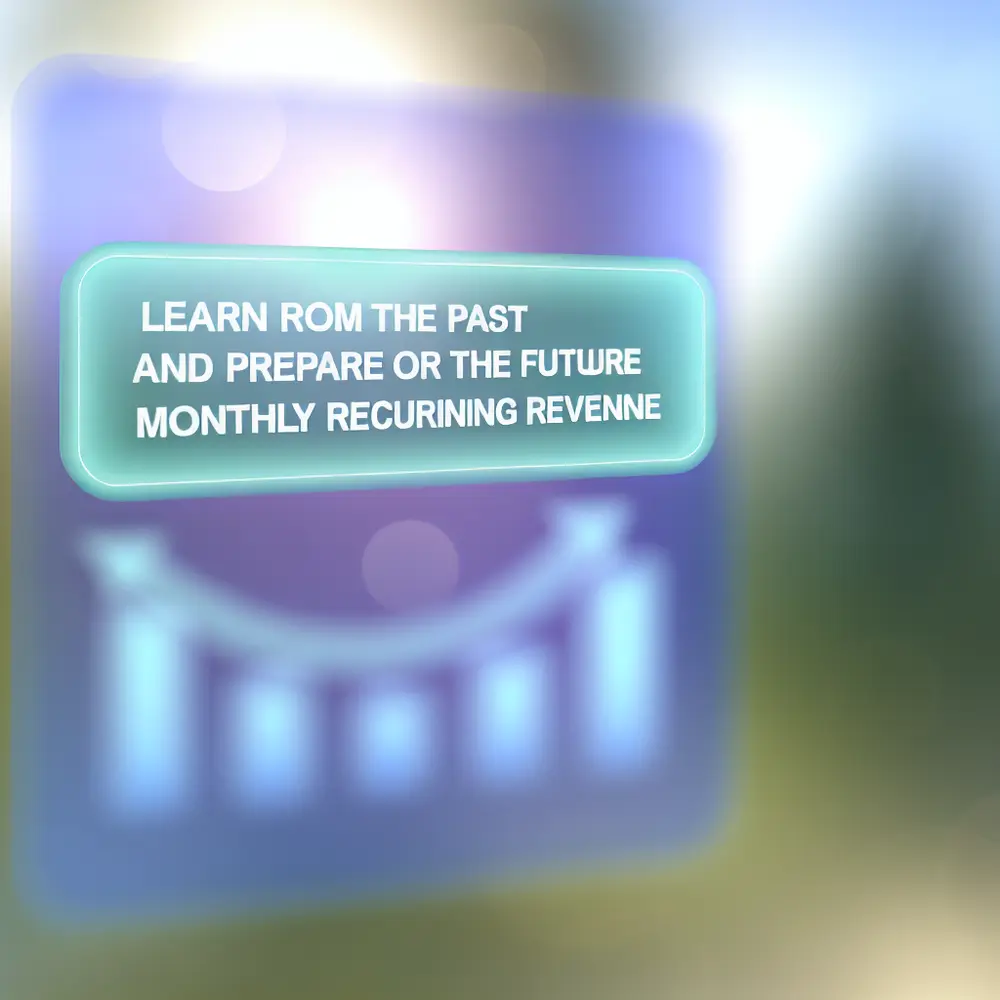Are you struggling with unpredictable revenue streams and the constant pressure to forecast financial growth? You’re not alone. Many business owners face the daunting task of ensuring stable and recurring income while trying to meet customer needs. Understanding Monthly Recurring Revenue (MRR) can be your game-changer.
By focusing on MRR, you create a strategic framework that empowers you to make informed decisions regarding hiring, marketing, and product development. Are your existing revenue models keeping pace with changing market dynamics, or is it time to pivot? Discovering the right recurring revenue strategies will not only help you retain customers but also drive growth.
In this article, we’ll dive deep into MRR as a critical metric for your business’s success and challenges. We’ll explore effective methodologies to maximize MRR growth and ensure that you can forecast future income with confidence. Let’s navigate this essential financial journey together.
Understanding Monthly Recurring Revenue: A Critical Metric for Business Success
Monthly Recurring Revenue (MRR) plays a pivotal role in evaluating a business’s financial health, especially for those operating on subscription models. By analyzing MRR, you forecast revenue more accurately and identify patterns that inform future strategies. Understanding MRR is not just a number; it’s a strategic tool for growth.
For example, Digital Services Co., a digital marketing agency, focused on MRR growth by implementing new subscription services. As a result, they experienced a 25% increase in consistent monthly income, enabling better resource allocation and strategic investment in customer engagement platforms.
MRR growth is essential for achieving stability and predictability in finances. A steady inflow of income empowers you to make informed decisions regarding various operational aspects. On the other hand, stagnating or declining MRR can signal the need for immediate strategic adjustments—whether through enhanced customer engagement or revisiting pricing strategies.
Recurring revenue strategies are crucial for maximizing MRR. Tactics like upselling and cross-selling to existing customers can significantly impact your bottom line. A well-structured onboarding process reduces churn rates while enhancing future MRR growth. For instance, if a fitness app called FitBuddy enhances its customer onboarding, it can expect a 30% reduction in churn rates, resulting in a substantial increase in monthly revenue.
Business forecasting based on MRR allows you to better plan for the future. By using historical MRR data, financial analysts can predict trends, ensuring efficient resource allocation. With these strategies in place, businesses can anticipate fluctuations in revenue and prepare appropriate contingency plans.
The Importance of Recurring Revenue Strategies in Today’s Market
In today’s dynamic market, understanding and implementing effective recurring revenue strategies is essential for sustaining long-term success. By harnessing MRR, you can better adapt to economic fluctuations and shifts in consumer behaviors, providing a buffer during unpredictable times.
Take Tech Innovators Inc., a startup that integrated MRR strategies early in their growth. By focusing on subscription models, they achieved a 40% increase in their cash flow, allowing them to invest in new product development quickly. This proactive approach removes the volatility associated with traditional revenue streams.
Implementing MRR strategies stabilizes income and enhances business forecasting. By analyzing past performance and subscription trends, you create precise financial projections. This accuracy aids in strategic planning and resource allocation, bolstering your business against the challenges of the marketplace.
Furthermore, successful businesses leverage various tactics to maximize their MRR growth. Techniques like offering tiered pricing models can entice different customer segments, ensuring they find value in your service or product. Every increment counts towards your overall performance, leading to greater customer loyalty.
In conclusion, adopting monthly recurring revenue strategies is fundamental in today’s marketplace. Businesses that prioritize MRR are well-equipped to navigate uncertainties and capitalize on growth opportunities, ultimately driving sustainable success.
Common Challenges in Managing Monthly Recurring Revenue
Managing Monthly Recurring Revenue (MRR) presents unique challenges. One common issue is the unpredictability of customer retention rates. As customers churn, MRR can fluctuate. To mitigate this, strategies focused on customer engagement are vital.
Consider Global Solutions Co., which experienced a churn increase when customer engagement declined. By implementing a loyalty program, they reduced churn by 20%, stabilizing their MRR growth. Recognizing the significance of such strategies can empower you to take proactive measures.
Another challenge is accurate revenue forecasting amid market volatility. Many businesses struggle with variable conditions and unpredictable customer behavior. However, historical data analysis can enhance forecasting accuracy, allowing you to make informed decisions on resource investments.
Scaling MRR can also present difficulties. Managing an expanding customer base while maintaining high service quality can become overwhelming, especially for startups. Integrating automated systems, like a CRM for WhatsApp, can streamline communications and improve customer interactions.
Lastly, adapting to market shifts is crucial. Consumer preferences evolve, and businesses must be agile to pivot their strategies. Regularly soliciting customer feedback and conducting market research provide insights into opportunities and threats, ensuring business resilience.
Looking Ahead at Monthly Recurring Revenue
Monthly Recurring Revenue (MRR) is rapidly becoming a defining metric for businesses. Understanding its implications allows stakeholders to make informed decisions that propel growth. The forecast-driven approach is vital for startup founders and financial analysts strategizing for long-term concerns.
As businesses look ahead, integrating effective recurring revenue strategies will be essential. Companies can adopt subscription models or service agreements to cultivate predictable revenue streams that promote customer loyalty. For example, SaaS company RapidCloud increased customer retention rates by 35% by consistently delivering value and engaging with their clients.
Forecasting MRR growth demands meticulous data analysis. Utilizing advanced analytics tools can uncover customer trends that optimize pricing strategies. By analyzing past metrics, business owners can identify patterns crucial for future forecasts, bolstering their market position during fluctuations.
Collaboration between departments strengthens MRR strategies and fosters innovation, leading to improved customer acquisition and retention. By leveraging technology like CRM for WhatsApp, businesses can enhance communication and relationship management. This strategic approach not only meets current demands but anticipates market shifts.
Ultimately, the future of Monthly Recurring Revenue hinges on understanding value creation and customer engagement, paving the way for prosperity. Embracing innovative strategies and insights from past performance will enrich your business model, ensuring robust MRR growth.
For businesses looking to enhance customer relationships and maximize MRR, consider implementing a CRM for WhatsApp: Nexloo CRM for WhatsApp.









